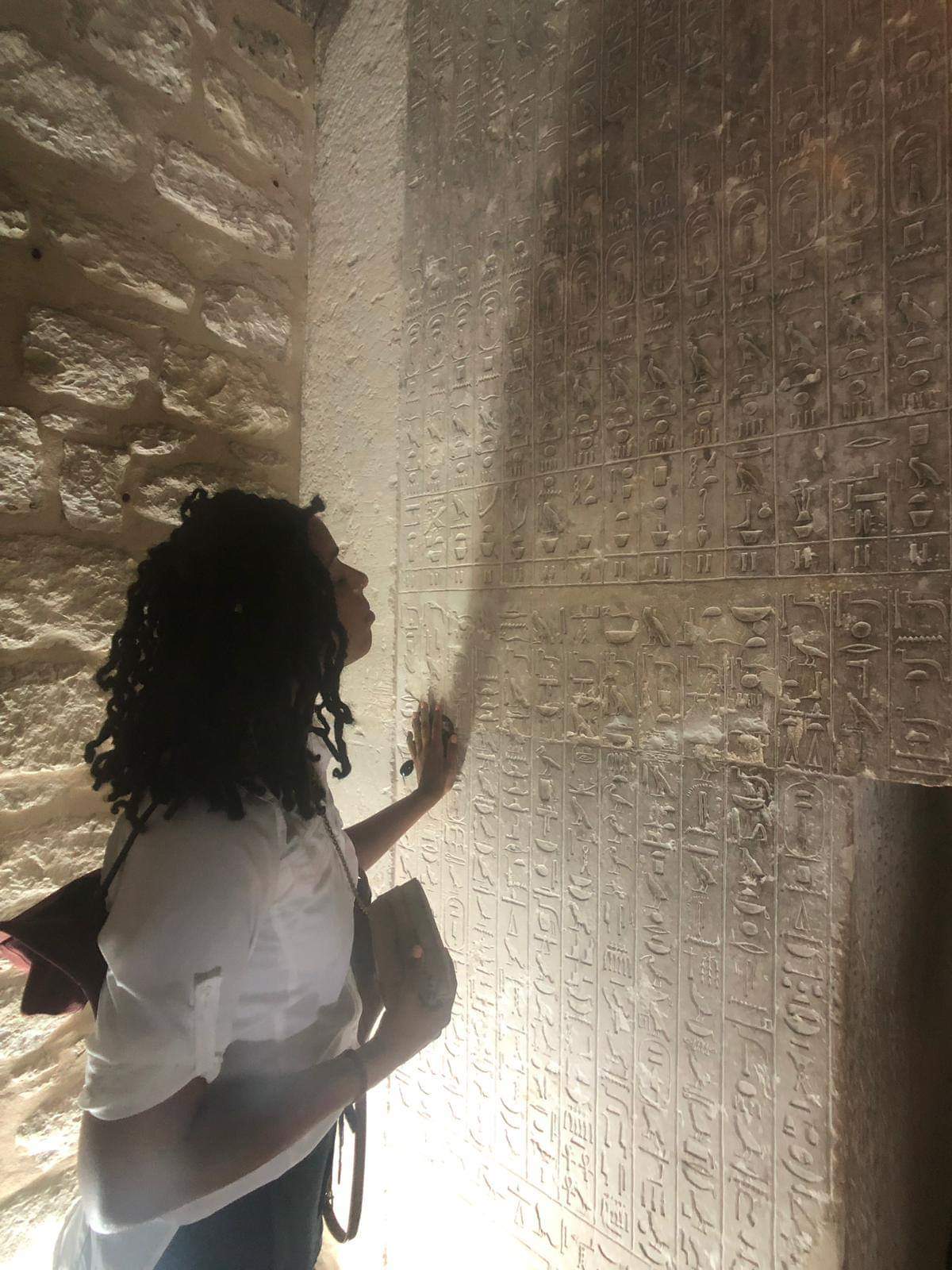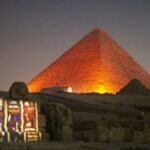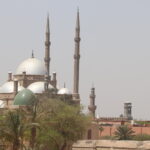The collection of Pyramid Texts found in the pyramid of Unas, the final ruler of the Fifth Dynasty (approximately 2353–2323 B.C.), is the oldest, smallest, and most well-preserved among the sources from the Old Kingdom. It was also the first to be discovered and published in modern times, and its texts have received more scholarly attention compared to other sources.
Due to its significance, the texts of Unis’s corpus were considered the most authoritative by the ancient Egyptians themselves. With the exception of PT 200, all of its spells exist in copies from the Middle Kingdom and later periods, and these generally follow Unis’s version of the texts when they differ from those of his successors. Many of these spells were reproduced more frequently than those from the other pyramids of the Old Kingdom, and in the same order as in Unis’s copy. The tomb of Senwosret-ankh at Lisht from the Middle Kingdom contains a replica of Unis’s Pyramid Texts, along with several spells from later pyramids that were commonly copied after the end of the Old Kingdom.
Despite the canonical nature of its texts, Unis’s pyramid exhibits some features that are not found in the pyramids of his successors. The sarcophagus is not inscribed, and the king’s titulary does not appear on the surrounding walls. The west wall of the burial chamber is only inscribed on its gable, featuring protective spells instead of those praising the king to Nut. Additionally, some of Unis’s spells lack the initial direction “RECITATION” (ÿd-mdw), which is regularly used elsewhere. However, due to its compactness and excellent state of preservation, Unis’s corpus is also more consistent compared to the pyramids of later periods. The distinction between ritual and personal spells is most evident here, generally corresponding to the substructure of the tomb, with the former being confined to the burial chamber and the latter primarily found in the antechamber and corridor.
In the burial chamber, the king is addressed as “Osiris Unis,” as his mummy was identified with that of Osiris lying in the Duat.
The Pyramid Texts consist of various genres of spells that were specifically intended to communicate with the deceased. These spells, which were recited by a lector priest acting as the deceased’s son, were primarily performed during funeral rites. To ensure their continued efficacy, they were meticulously carved onto the walls of the pyramid’s chambers. The Pyramid Texts can be categorized into three main groups: the Offering and Insignia Rituals, the Resurrection Ritual, and the Morning Ritual.
Offering and Insignia Rituals
The Offering and Insignia Rituals, typically combined into a single ritual in the pyramids, involve preparing and presenting a grand feast and offering royal attire to a statue of the deceased on the northern wall of the burial chamber. The rituals end with a formal “reversion of offerings” and the ceremonial destruction of ritual vessels.
Both ceremonies involve short incantations and gestures while offering, often playing on words related to the item being presented. For example, “Osiris Unis, accept Horus’s eye, which you should embrace,” refers to the kidneys as “Horus’s eye,” symbolizing health and vitality.
The Resurrection Ceremony 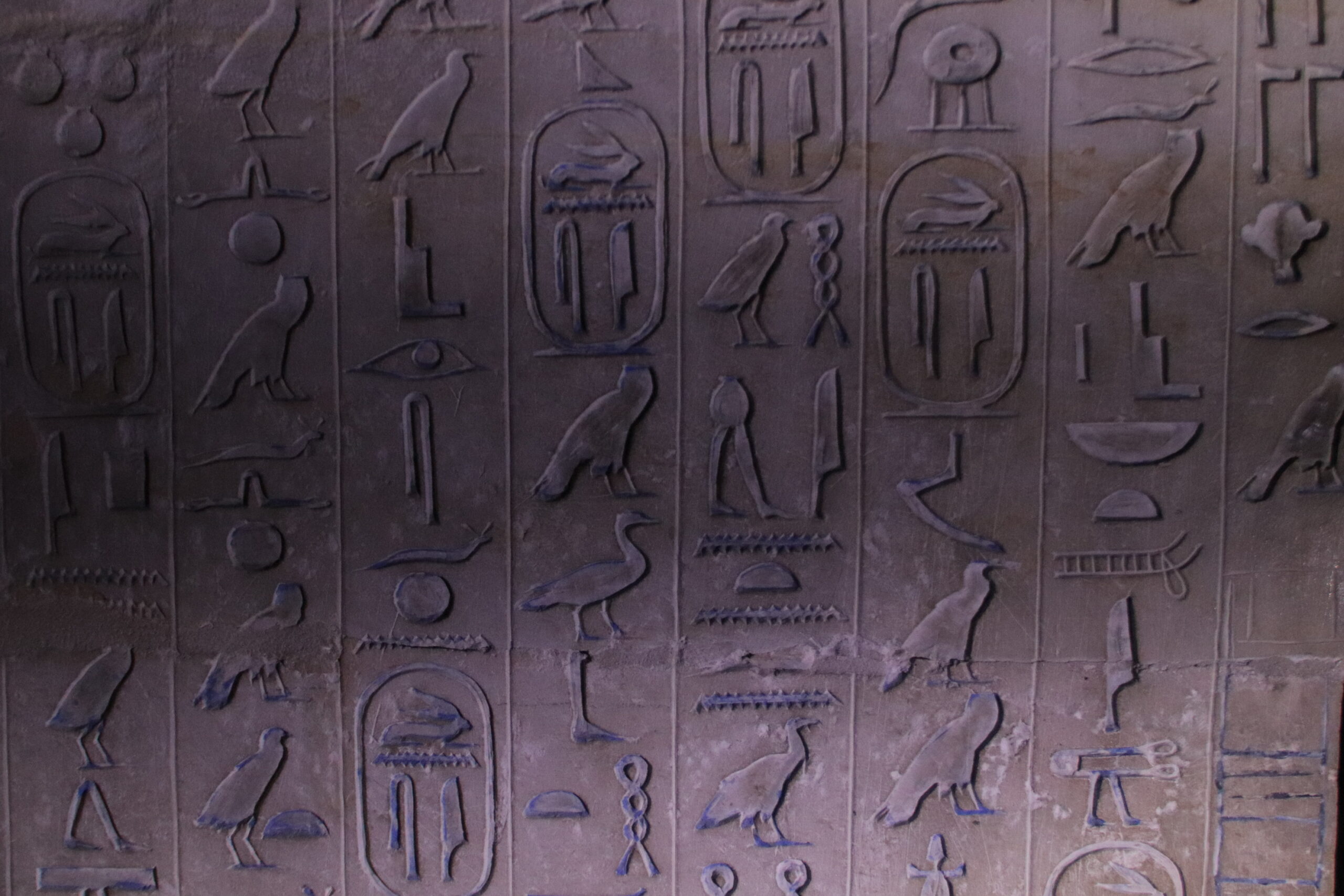
The Resurrection Ceremony, located on the southern wall of the tomb, includes incantations to free the spirit of the deceased and guide it to unite with the deities. The ritual, mentioned in a Middle Kingdom document, follows presentation ceremonies.
The Morning Ritual 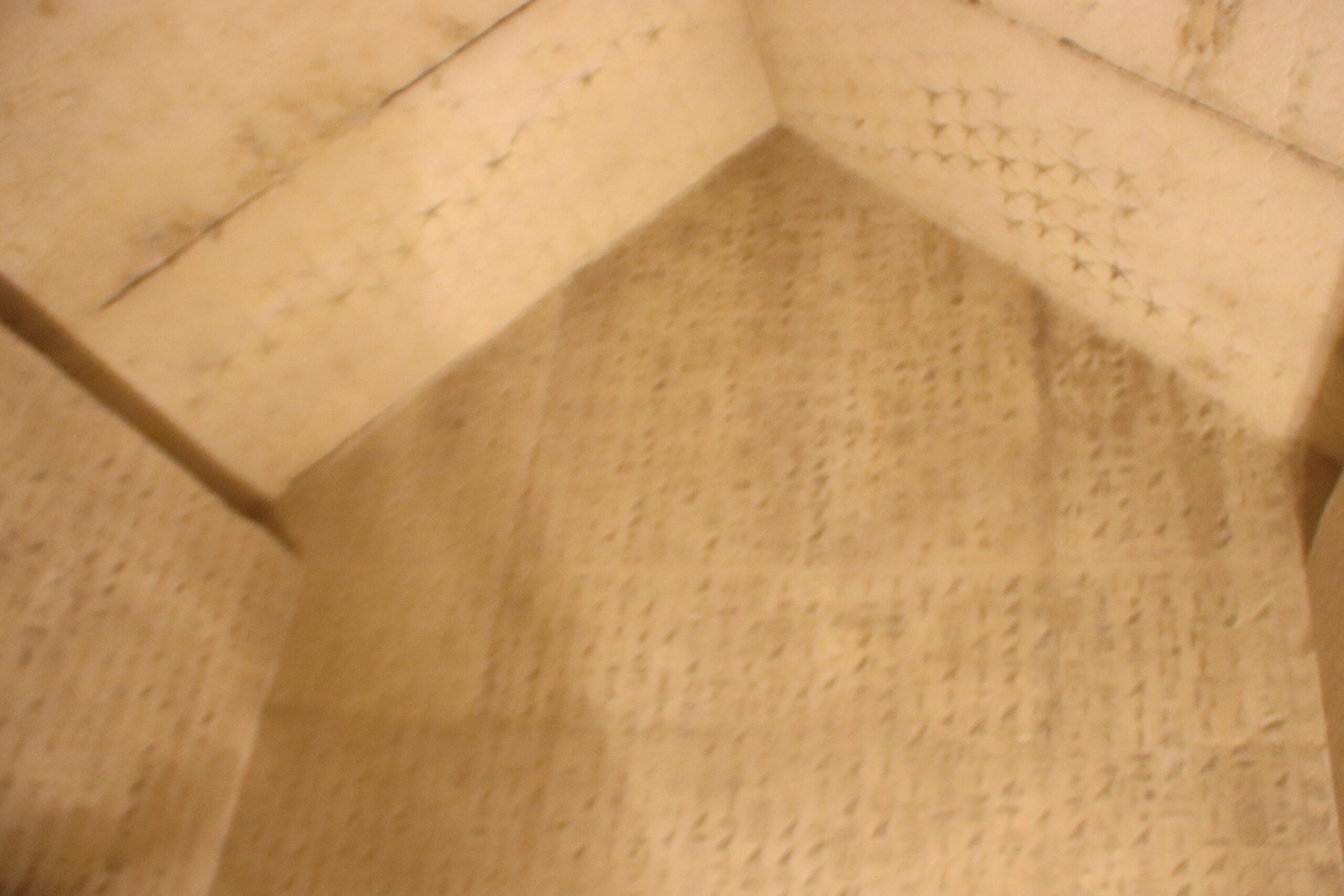
The Morning Ritual could symbolize the elaborate procedures followed to wake up, dress, and feed the king in ancient times. It is traditionally linked to the East.

